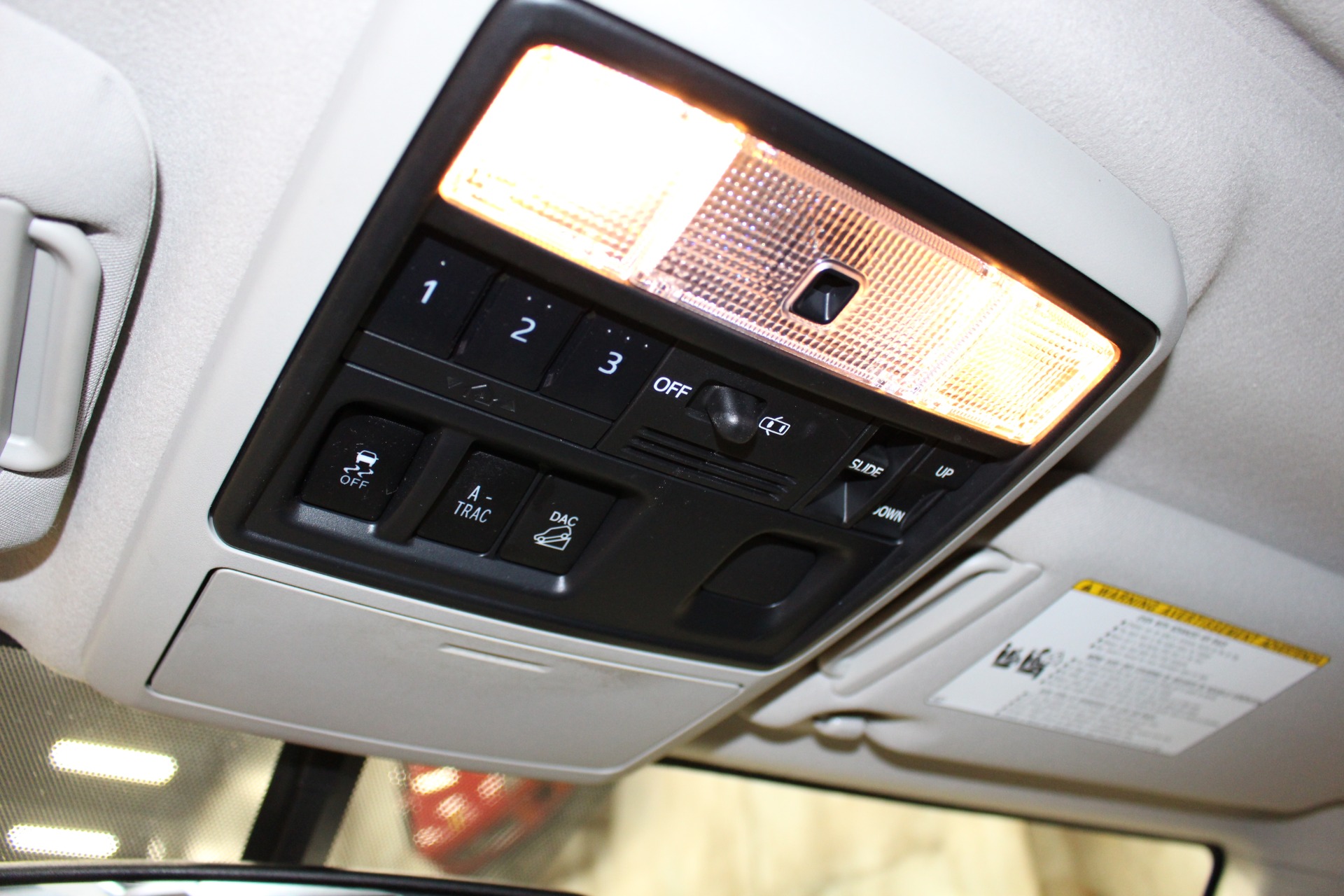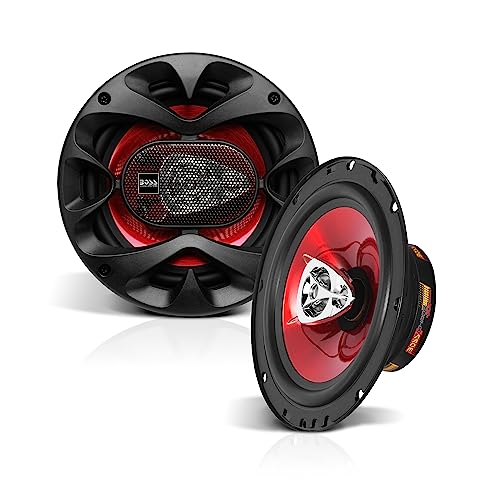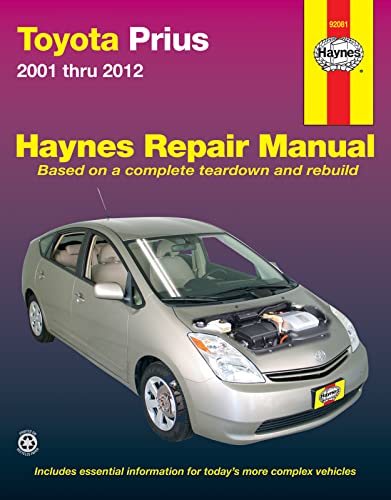As an Amazon Associate, I earn from qualifying purchases
Have you ever noticed a button labeled “DAC” in your Toyota 4Runner and wondered what it does? If you’re curious about how this feature can make your driving experience safer and easier, you’re in the right place.
Understanding the DAC button could be the key to handling tricky downhill roads with confidence. Keep reading to discover exactly what the DAC button is, why it matters to you, and how it can improve your control behind the wheel.
Don’t miss out on this simple yet powerful tool designed to help you drive smarter.

Credit: www.youtube.com
Dac Button Basics
The DAC button in the Toyota 4Runner is a helpful feature for off-road driving. It stands for Downhill Assist Control. This button helps the vehicle maintain a slow, steady speed on steep declines. It is especially useful on rough or slippery terrain. Knowing how the DAC button works can improve safety and control during your drive.
What Dac Stands For
DAC means Downhill Assist Control. It is a system designed to help drivers keep control on steep slopes. The button activates this system. It works by controlling the brakes automatically. This helps the vehicle slow down without needing to press the brake pedal.
Purpose Of The Dac Button
The main purpose of the DAC button is to assist on downhill paths. It prevents the vehicle from speeding up too fast. This reduces the risk of slipping or losing control. The system allows the driver to focus on steering. It keeps the vehicle moving at a safe, steady pace.
How Dac Works
The DAC button in a Toyota 4Runner helps control the vehicle on steep slopes. It makes driving safer and easier by managing speed and traction. Understanding how DAC works can improve your off-road experience.
Mechanism Behind Dac
DAC stands for Downhill Assist Control. It uses the vehicle’s brakes and engine power to keep a slow, steady speed. Sensors detect the slope angle and wheel speed. The system applies braking to each wheel individually. This prevents slipping and sliding on rough or slippery surfaces.
The engine also adjusts power to avoid sudden acceleration. DAC works without the driver touching the brake or gas pedals. It lets you focus on steering while the system controls speed.
When To Use Dac
Use DAC on steep downhill roads, especially on loose dirt or gravel. It helps maintain control on slippery or uneven terrain. Avoid using DAC on flat or smooth roads. The system is designed for low-speed descents, not for regular driving.
Activate the DAC button before starting the descent. Keep your hands on the wheel and let the system manage your speed. This reduces the risk of losing control and improves safety.
Benefits For Off-road Driving
The DAC button in the Toyota 4Runner offers key benefits for off-road driving. It helps drivers handle steep and rough terrain with ease. This feature improves vehicle control and safety. It makes tough descents less risky and more manageable.
Improved Control On Descents
The DAC button controls the speed of the 4Runner on downhill slopes. It uses the brakes to keep the vehicle steady and slow. Drivers do not need to use the brake pedal constantly. This helps maintain balance and avoid slipping on loose or rocky surfaces. The system lets drivers focus on steering without worrying about speed. It makes driving down steep hills safer and smoother.
Enhanced Safety Features
DAC works with other safety systems in the 4Runner. It prevents the wheels from locking or skidding during descents. The system adjusts braking force on each wheel to keep traction. This reduces the chance of losing control on difficult trails. It also protects the vehicle’s brakes from overheating. The DAC button boosts confidence and reduces stress in challenging off-road conditions.

Credit: www.interstatemotorsport.com
Using Dac In Different Terrains
The DAC button in the Toyota 4Runner helps control speed on tough terrains. It keeps the vehicle steady without needing to use the brake constantly. This feature is useful in many off-road conditions. It makes driving safer and easier on difficult paths.
Steep Hills And Slopes
Use DAC on steep hills to keep a slow, steady speed. It prevents the vehicle from rolling backward or speeding up too fast. This helps maintain control and reduces driver effort. The system applies brakes automatically, so you focus on steering.
On downhill slopes, DAC keeps the 4Runner from gaining too much speed. It stops the wheels from locking or slipping. This makes descending safer, especially on loose or slippery surfaces. It also lowers the risk of accidents on sharp declines.
Rough And Uneven Surfaces
DAC works well on rough terrain like rocks or deep gravel. It controls wheel spin and helps the tires grip better. This keeps the 4Runner moving smoothly without losing traction.
On uneven ground, DAC prevents sudden jerks or slips. It balances the vehicle’s speed with the surface conditions. This allows for a steady and confident drive over bumps and holes.
Activating And Deactivating Dac
The DAC button in the Toyota 4Runner controls the Downhill Assist Control system. This feature helps keep the vehicle steady on steep declines. Activating and deactivating DAC is simple and important for safe driving in rough terrain. Knowing how to use it properly can improve your control and confidence while driving downhill.
Step-by-step Activation
First, bring your 4Runner to a slow speed. Press the DAC button located on the dashboard. You will hear a beep confirming activation. The system takes control of brake pressure to slow the vehicle. Keep your feet off the pedals. The vehicle will move down the hill at a steady pace. To stop the system, press the DAC button again. This turns off the downhill assist control.
Indicators And Alerts
When DAC is active, a light appears on the dashboard. This icon looks like a vehicle going downhill. It tells you the system is working. If the light flashes, there may be a problem. The system may beep if you press the accelerator or brake. These alerts remind you that DAC is controlling the speed. Always watch the road and drive carefully.

Credit: www.reddit.com
Common Myths About Dac
The DAC button in a Toyota 4Runner often causes confusion among drivers. Many myths surround its use and function. Clearing these myths helps drivers use DAC correctly and safely. Understanding what DAC truly does improves your off-road experience.
Some people think DAC works like a regular cruise control. Others believe it can replace careful driving on steep slopes. These ideas are not accurate and can lead to unsafe driving habits. Knowing the facts about DAC keeps you safer on rough roads.
Misconceptions Cleared
DAC stands for Downhill Assist Control. It helps control your speed on steep declines. It does not replace your brakes or require less attention. DAC works by automatically applying brakes to keep a slow, steady speed. It is not useful on flat or slippery surfaces. Using DAC on dry pavement can cause damage. It is only meant for steep and rough downhill areas. Some think DAC can speed up the vehicle. It cannot. It only helps slow the vehicle down.
Proper Usage Tips
Activate DAC before starting the descent. Keep your foot off the brake pedal while DAC is active. Steer carefully and watch the road ahead. Do not rely only on DAC for safety. Use regular brakes if you need to stop quickly. Turn off DAC once the slope ends. Avoid using DAC on sharp turns or loose gravel. Follow the owner’s manual for detailed instructions. Proper use of DAC enhances control and reduces wheel slip.
Comparing Dac To Other Off-road Features
The DAC button in the Toyota 4Runner plays a special role in off-road driving. It helps control the vehicle on steep or slippery slopes. Many drivers wonder how DAC compares to other features like traction control and hill start assist. Each feature serves a different purpose but all improve safety and control. Understanding these differences helps drivers use their 4Runner better on rough terrain.
Dac Vs Traction Control
DAC stands for Downhill Assist Control. It keeps the 4Runner at a slow and steady speed on steep declines. The driver does not need to touch the brake pedal. This feature works by applying brakes automatically to each wheel. It prevents the vehicle from sliding down too fast. Traction control works differently. It stops wheels from spinning on slippery surfaces. It helps the vehicle gain grip when accelerating or turning. Traction control is active on flat or uneven ground. DAC is specifically for downhill slopes. Both improve stability but in different driving situations.
Dac Vs Hill Start Assist
Hill Start Assist helps the driver start moving uphill without rolling backward. It holds the brakes for a short time after the driver moves their foot from the brake pedal. This gives time to press the gas pedal smoothly. DAC works in the opposite way. It controls the speed when going down a hill. Hill Start Assist focuses on uphill starts, while DAC focuses on downhill descents. Both features reduce driver stress on steep roads. They make hill driving safer and easier.
Maintaining Dac System
Maintaining the DAC (Downhill Assist Control) system in your Toyota 4Runner is important. It ensures the system works properly when you need it most. Regular care helps keep your vehicle safe and reliable on steep or rough descents.
Simple maintenance tasks can prevent bigger problems. Understanding how to check and troubleshoot the DAC system can save time and money. This section explains easy steps to keep the DAC system in good shape.
Routine Checks
Start by inspecting the DAC button for any damage or dirt. Clean the button gently with a soft cloth. Check the dashboard for warning lights related to the DAC system. Make sure the 4Runner’s sensors, like wheel speed sensors, are clean and free from mud or debris. Verify the vehicle’s brake system is working well, as DAC uses brakes to control speed. Regularly read the owner’s manual for specific maintenance tips.
Troubleshooting Issues
If the DAC button does not activate, check the vehicle speed and road conditions. The system only works on steep declines and low speeds. Look for error messages on the dashboard display. Reset the system by turning the vehicle off and on again. If problems persist, scan the car’s computer for error codes with an OBD-II reader. Consult a professional mechanic if you cannot fix the issue yourself. Avoid driving on steep hills without a working DAC system for safety.
Frequently Asked Questions
What Does The Dac Button Do In Toyota 4runner?
The DAC button activates Downhill Assist Control, helping maintain slow speed on steep descents.
When Should I Use The Dac Button In My 4runner?
Use it on steep, rough hills where you need extra control going downhill.
Does The Dac Button Work With 4wd In Toyota 4runner?
Yes, it works best with 4WD engaged for better traction and control downhill.
How Does The Dac Button Improve Safety In 4runner?
It prevents wheel slip and helps keep a steady pace on slippery slopes.
Can Dac Button Be Used On Flat Roads?
No, it is designed only for slow-speed downhill driving on steep terrain.
Will The Dac Button Affect My 4runner’s Brakes?
It controls braking automatically to keep a safe, steady speed downhill without extra brake use.
Conclusion
The DAC button in your Toyota 4Runner helps control downhill speed safely. It keeps the vehicle steady on steep slopes. Using it can reduce the need to brake hard. This feature makes driving in rough terrain easier and safer. Remember to activate the DAC only when going downhill.
It is a helpful tool for off-road adventures. Understanding this button adds confidence to your driving experience. Try it out next time you face a steep hill. Safe driving starts with knowing your vehicle’s features well.
As an Amazon Associate, I earn from qualifying purchases


